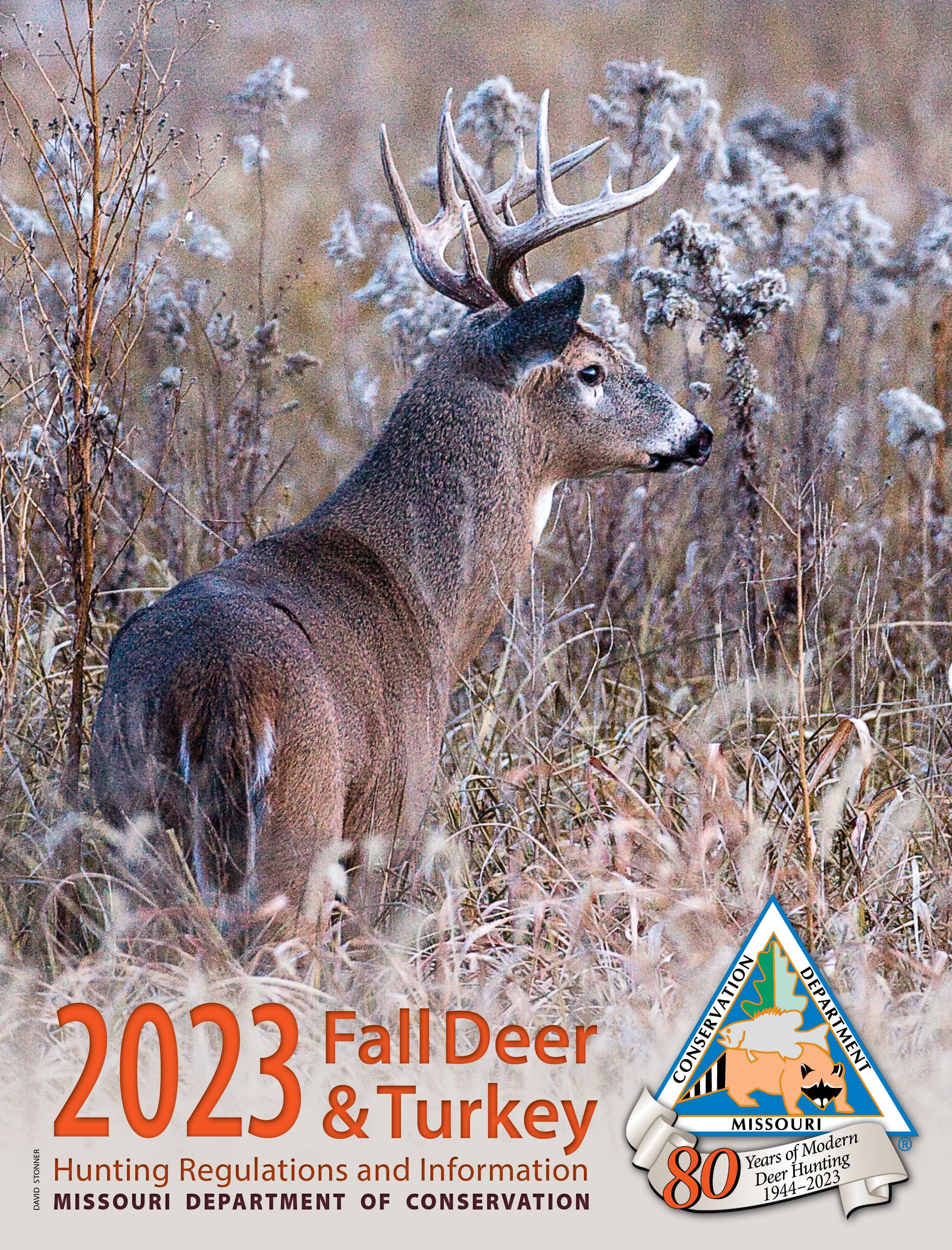Hunters, taxidermists, meat processors, and others can help slow the spread of CWD by properly handling deer parts. Parts from CWD-infected deer can spread the disease. Long after infected carcass remains decompose, prions stay infectious in the environment, possibly exposing other deer to CWD.
For Hunters Who Harvest Deer in CWD Management Zone Counties
- All deer harvested from CWD Management Zone counties must be Telechecked before any parts are transported out of the county of harvest.
- Hunters wishing to transport any part of the deer with the spinal column or brain present may only do so within 48 hours of exiting the county if they deliver the carcass to a licensed meat processor or the head to a licensed taxidermist or to an approved MDC CWD sampling site. Note: On Nov. 11 and 12, heads must be taken on the day of harvest to a mandatory CWD sampling station.
- The following parts may be transported out of CWD Management Zone counties without restriction:
- Meat that is cut and wrapped or that has been boned out
- Quarters or other portions of meat with no part of the spinal column or head attached
- Hides from which all excess tissue has been removed
- Antlers or antlers attached to skull plates or skulls cleaned of all muscle and brain tissue
- Finished taxidermy products
Want to learn more about field dressing and quartering your deer? Watch this MDC video to learn about the “gutless method” for quartering deer.
For Hunters Transporting Cervids (Deer, Elk, Moose, Caribou) Into Missouri
Hunters may not transport whole cervid carcasses into the state.
Heads from cervids with the cape attached and no more than six inches of neck in place may be brought into Missouri only if they are delivered to a licensed taxidermist within 48 hours of entering Missouri.
The following cervid parts may be transported into Missouri without restriction:
- Meat that is cut and wrapped or that has been boned out
- Quarters or other portions of meat with no part of the spinal column or head attached
- Hides from which all excess tissue has been removed
- Antlers or antlers attached to skull plates or skulls cleaned of all muscle and brain tissue
- Upper canine teeth
- Finished taxidermy products
For Taxidermists and Processors
Taxidermists and meat processors throughout the state are required to dispose of deer, elk, and other cervid parts, not returned to customers, in a sanitary landfill or transfer station. Utilizing a commercial trash pickup service or disposing of waste in a dumpster with pick-up service meets this requirement.
See a map of landfills and transfer stations from DNR.
Proof of disposal must be retained for 12 months for meat processors and for three years for taxidermists.
- Examples of proof of disposal include receipts for your trash pick-up service, a receipt from the landfill or transfer station, or an affidavit from a business allowing access to their dumpster.
- Contact your County Conservation Agent with questions about proof of disposal requirements.
For All Hunters
Hunters can help prevent the spread of CWD and other diseases by properly disposing of carcass parts:
- Place in Trash or Landfill: The best way to prevent the spread of CWD is to place carcass remains in trash bags and dispose of them through trash collection or a permitted landfill.
- Bury On-Site: If you can’t bag and place in trash or a permitted landfill, bury carcass remains at or near where the deer was harvested. Bury deep enough to prevent access by scavengers. Burial will reduce but not eliminate the risks of spreading CWD.
- Leave On-Site: As a last resort, leave carcass remains at the site where the deer was harvested. While this will not prevent scavengers from scattering potentially infectious parts, the remains will stay on the general area where the deer was taken. If CWD is already present on that area, it will likely remain there and not be moved to another area.
- Do Not Place in Water: It is illegal to dispose of carcasses or remains in streams, ponds, or other bodies of water.
- Do Not Burn: Only commercial incinerators reaching over 1,800 degrees Fahrenheit can generate enough heat for long enough to destroy the prions that cause CWD.






















